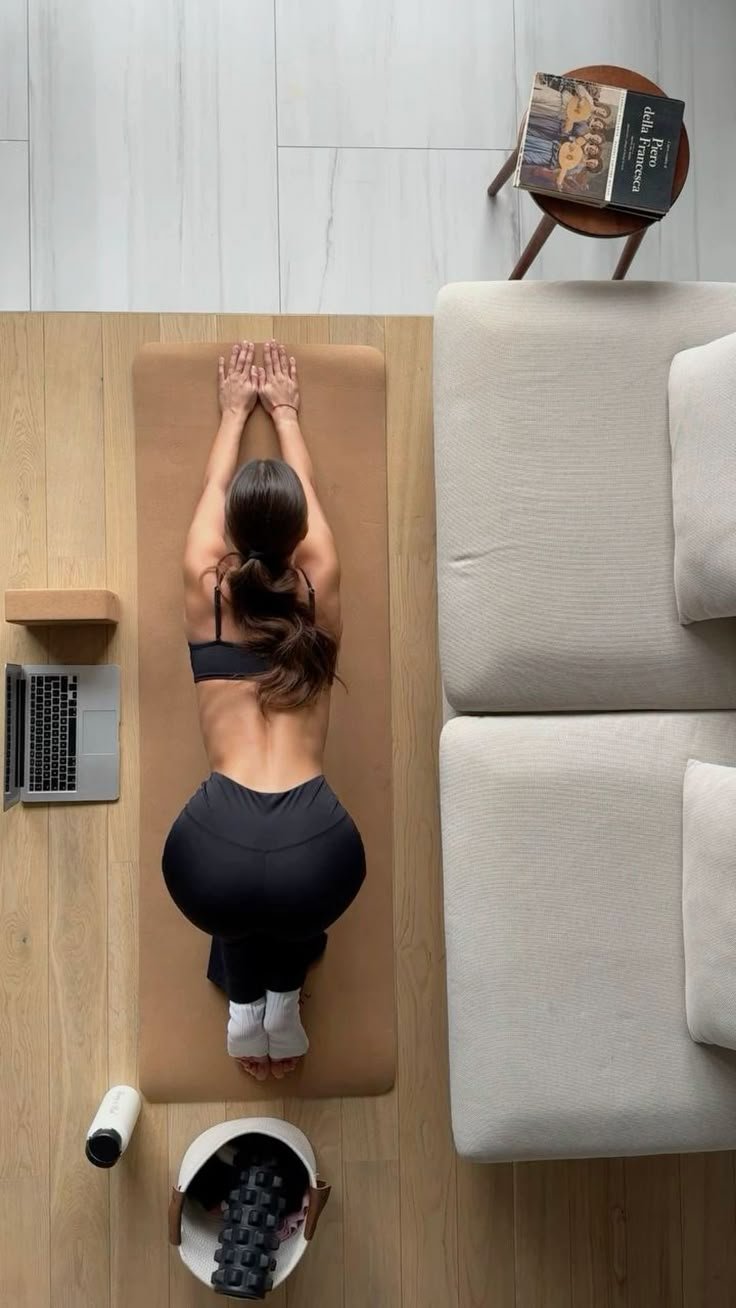Is Pain Blocking Your Path To Wellness—And Can Physiotherapy Help
Pain doesn’t always announce itself with a roar. Sometimes, it whispers—subtle but persistent. It’s the stiffness you feel when you wake up, the hesitation before taking a walk because your knee aches, or the tension that builds in your back after a long day at your desk. Even mild discomfort can quietly erode your quality of life over time.
The good news? You don’t have to wait until the pain becomes unbearable to take action. Physiotherapy offers a proactive, effective way to address pain at its roots, helping you move better, feel stronger, and reclaim your wellness.
In this article, let’s explore how pain affects your daily life and how physiotherapy can be the key to lasting relief and vitality.
No. 1
The Hidden Ways Pain Disrupts Daily Life
Pain doesn’t just live in your joints or muscles. It seeps into your sleep, your mood, and your everyday decisions. A tight neck can make it hard to relax. Sore hips might stop you from enjoying an evening walk.
Gradually, you start avoiding stairs, skipping workouts, or limiting your activities. Bit by bit, pain changes how you move—and how you feel. You might dismiss it as aging or stress. You might plan to push through. But the truth is, when ignored, pain tends to linger and worsen.
What starts as a minor annoyance can snowball into a major limitation, affecting not just your body but your entire lifestyle.
No. 2
Why Pain Management Alone Isn’t Enough
It’s tempting to reach for quick fixes—over-the-counter medications, heating pads, or simply resting. While these methods might offer temporary relief, they don’t address the underlying issues causing your discomfort.
Your body thrives on movement. Joints need to move to stay healthy; muscles need to be challenged to remain strong. Prolonged rest can actually make stiffness and weakness worse over time.
True healing requires a strategy—one that supports your body’s natural ability to move, heal, and adapt. That’s where physiotherapy comes in.
No. 3
What Physiotherapy Really Offers
Physiotherapy isn’t just about doing a few stretches or exercises. It’s about understanding how your entire body functions—and identifying where it’s getting stuck.
One of the core strengths of physiotherapy is its personalized approach. A skilled physiotherapist doesn’t just focus on the site of pain.
They assess your posture, your movement patterns, your daily habits, and your health history. They listen to your goals and tailor a plan that fits your life, not a one-size-fits-all routine.
Many modern clinics even use an interdisciplinary approach, collaborating with chiropractors, massage therapists, and nutritionists to provide comprehensive care. This ensures that every aspect of your wellness is addressed, helping you move better and feel better on your own terms.
MyFitnessPal
Your health journey starts here!
Track your meals, workouts, and progress with MyFitnessPal.
No. 4
Common Conditions Physiotherapy Helps Treat
You don’t need to be an athlete or recovering from surgery to benefit from physiotherapy. Everyday aches, pains, and limitations often respond remarkably well to this kind of care.
Here are some common issues physiotherapy can help with:
Chronic back or neck pain: Whether from poor posture or old injuries, physiotherapy can help restore mobility and reduce discomfort.
Joint stiffness or arthritis: Targeted exercises and manual therapy can ease stiffness and improve function.
Postural imbalances: Long hours at a desk or repetitive motions can cause misalignments that physiotherapy can correct.
Everyday injuries or overuse: Sprains, strains, and repetitive stress injuries can heal faster and more completely with the right guidance.
If your body feels like it’s constantly nagging you, even with low-level discomfort, it might be time to seek professional support.
No. 5
Integrating Physiotherapy Into Your Wellness Lifestyle
Physiotherapy isn’t a standalone fix; it’s a foundational part of a broader wellness strategy. It complements your workouts, mindfulness practices, and even your sleep habits.
Maybe you already exercise regularly or prioritize daily walks. But if pain keeps interrupting your routine, you’re not getting the full benefit of those healthy habits. Physiotherapy can help bridge that gap.
Your therapist might suggest small but powerful changes, like adjusting your workstation, improving your stretching routine, or strengthening stabilizing muscles you didn’t even realize were weak. It’s not about overhauling your lifestyle—it’s about working smarter, not harder.
Over time, these small adjustments build momentum. You’ll notice you move more freely, breathe easier, and tackle your day with less effort. That’s when wellness becomes second nature, not a struggle.
Takeaways
Pain doesn’t have to be part of your everyday life. Whether it’s loud or quiet, pain holds you back more than you might realize. But it doesn’t have to.
When you give your body the right kind of support, everything changes. Physiotherapy isn’t just about eliminating pain—it’s about creating space for movement, energy, and ease in your daily life.
If you’re ready to stop managing pain and start reclaiming your wellness, physiotherapy could be the key you’ve been looking for.
Looking for Wellness resources?
Are you looking to enhance your wellness routine? Explore our wellness partners who offer a wide range of resources to support your journey toward holistic living and well-being.































